When it comes to drafting, accuracy is everything. Whether you’re an architect, engineer, or designer, using the correct scale is crucial for representing real-world dimensions on paper. But with so many different types of scale rulers available, how do you choose the right one? In this post, we'll dive into the basics of drafting scales, how to use them effectively, and how to select the perfect scale ruler for your projects.
What Is a Drafting Scale?
A drafting scale is a specialized ruler that allows you to convert real-world measurements into scaled-down drawings. This is particularly important in fields like architecture and engineering, where large objects need to be represented accurately on smaller surfaces, such as paper or digital screens. Drafting scales help maintain proportion and ensure that every detail is precisely measured and drawn.

Types of Drafting Scales
There are several types of drafting scales, each tailored to specific fields and purposes. Each drafting scale is designed to suit the needs of different projects, whether you’re drafting a detailed floor plan, an expansive site layout, or intricate mechanical parts.
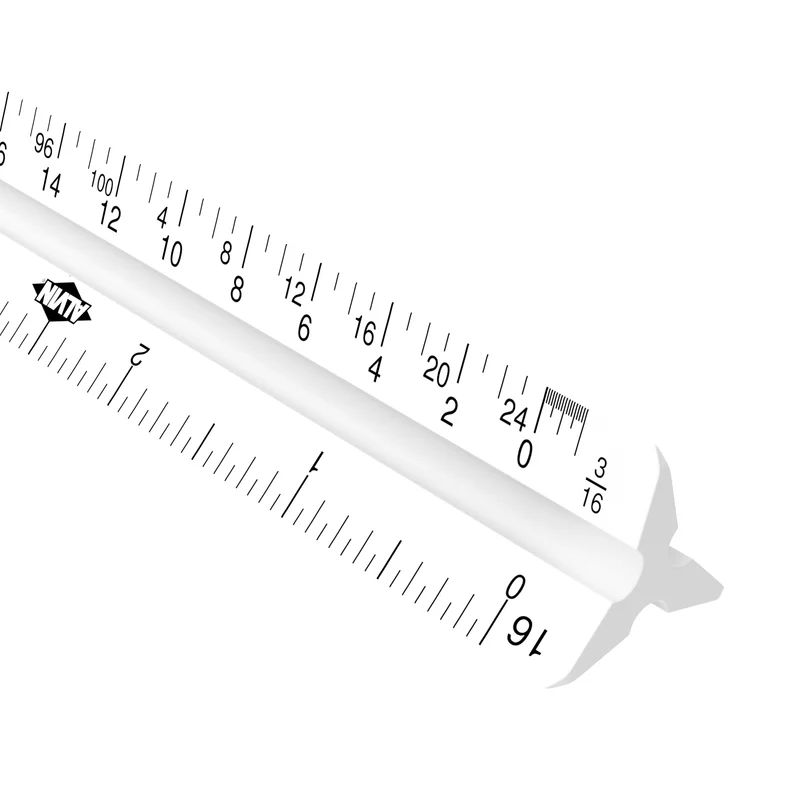
Architectural Scale: Used in architecture to represent buildings and structures. Common scales include 1/4" = 1'-0" (quarter-inch scale) and 1/8" = 1'-0" (eighth-inch scale).
See Architect Scales

Engineering Scale: Common in engineering, these scales represent measurements in decimal feet or inches, such as 1" = 10' and 1" = 50'.
See Engineer Scales

Metric Scale: Used globally, especially in scientific and technical drawings, with common scales like 1:100, 1:50, and 1:25.
See Metric Scales
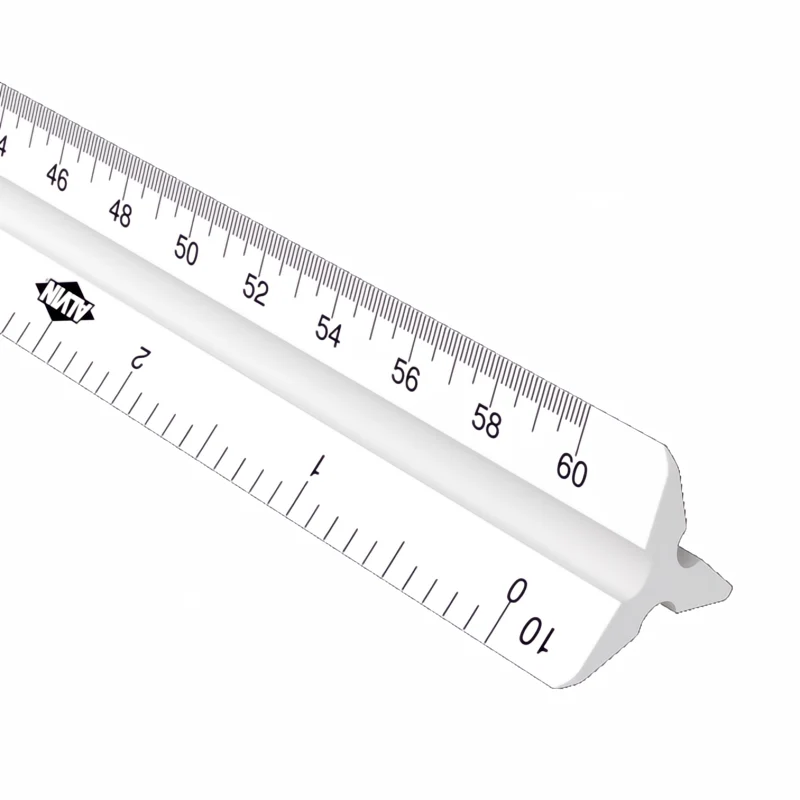
Combination Scale: This scale features multiple types of measurements, such as architectural and engineering, on a single ruler. It’s versatile and convenient for professionals who work across different disciplines.
See Combination Scales
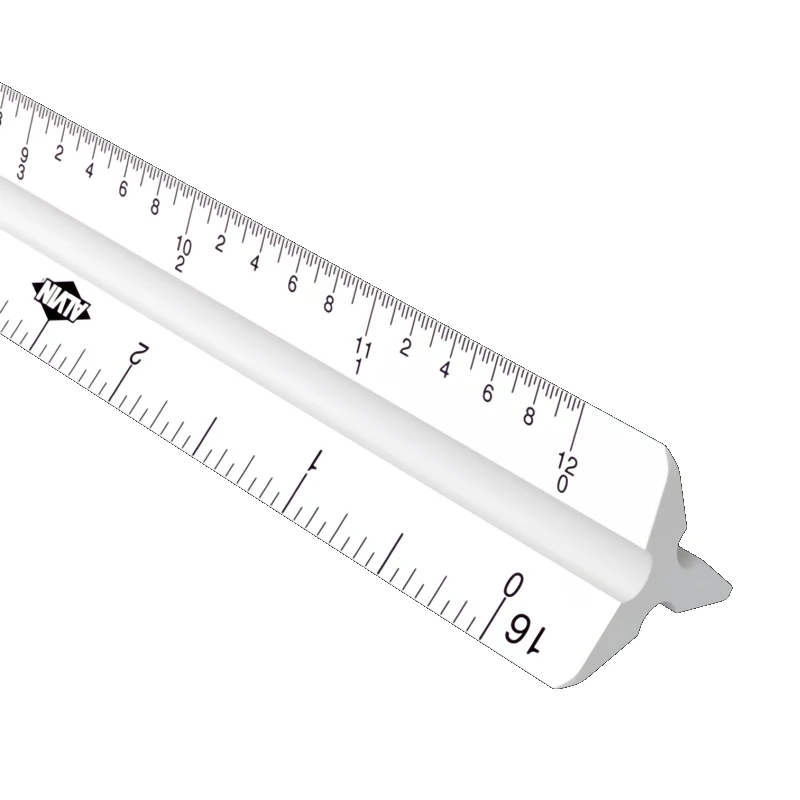
Mechanical Drafting Scale: Specifically designed for mechanical drawings, this scale is used for detailed technical illustrations, with common ratios like 1:20 and 1:50. These scales are essential for representing small, intricate components accurately.
See Mechanical Drafting Scales
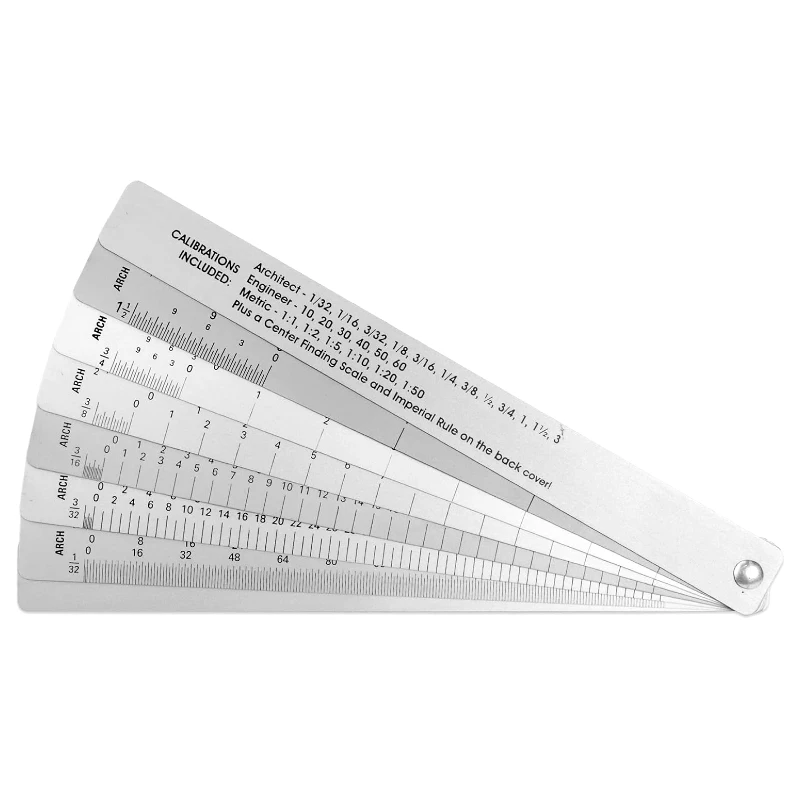
Drafting Fan Scale: This convenient all-in-one tool made from aluminum that has all standard Architect, Engineer and Metric scales used in the industry
See Alumimum Drafting Fan
Choosing the Right Scale Ruler
Selecting the appropriate scale ruler is essential for ensuring that your drawings are both accurate and functional. Here’s how to choose:
- Project Type: The type of project determines the scale. Architectural projects typically use architectural scales, while engineering projects require engineering scales.
- Drawing Size: Consider the size of the object or space you’re drawing and the paper size. Choose a scale that fits the entire design on the paper while maintaining the necessary level of detail.
- Industry Standards: Always check if there are specific industry standards or client preferences for scale. For example, in architectural drawings, 1/4" = 1'-0" is a standard scale for residential floor plans.
Triangular, 2-Bevel, and 4-Bevel Scales
Beyond the specific types of scales, the design of the scale ruler itself can greatly influence its utility and ease of use. Here are some common scale designs:
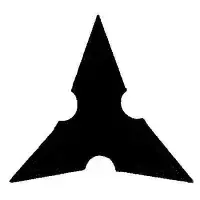
Triangular Scale: A triangular scale features three sides with six different scales, making it a compact and versatile tool for professionals who need multiple scales in one ruler. It is commonly used in both architectural and engineering work for quick access to different scale measurements without needing to switch tools.
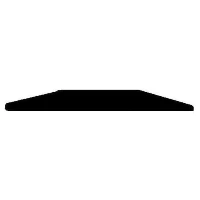
2-Bevel Scale: This scale has two beveled edges, each with a different scale. The bevel design allows for greater precision and clarity when measuring, reducing parallax errors. It’s ideal for situations where only a couple of scales are needed but accuracy is critical.
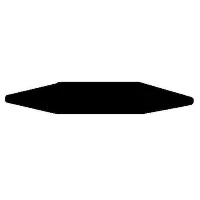
4-Bevel Scale: With four beveled edges, this scale provides access to multiple scales in one tool, similar to the triangular scale. The bevels enhance visibility and precision, making it perfect for detailed work where several scales are frequently used.
How to Use a Scale Ruler
Using a scale ruler effectively is all about precision. Follow these steps:
- Select the Correct Scale: Identify the scale you need, such as 1/4" = 1'-0". Locate the corresponding side of the scale ruler.
- Align the Zero Mark: Place the zero mark at the starting point of the object or line you’re measuring or drawing.
- Measure Accurately: Read the measurement where your line or object ends. This number represents the real-world measurement at the chosen scale.
- Draw to Scale: Use the ruler to mark the correct length on your paper, ensuring each segment is accurately scaled.
- Double-Check: Always double-check your measurements to avoid errors, especially when switching between different scales.
The Benefit of Color-Coded Furrows
One feature that can greatly enhance the efficiency and accuracy of using drafting scales is color-coded furrows. Here’s how they help:
- Quick Identification: With color-coded furrows, each scale on the ruler is marked with a different color. This makes it easy to quickly identify the correct scale, saving time and reducing the risk of errors.
-
Improved Workflow: By clearly distinguishing between scales, color-coded furrows streamline the drafting process, allowing you to work more fluidly without constantly double-checking which scale you’re using.
- Enhanced Precision: Color-coding helps prevent mistakes, especially when switching between different scales on complex projects. This ensures that your measurements remain consistent and accurate throughout your work.
Purchasing a triangular scale with color-coded furrows is a simple yet effective way to boost productivity and maintain high standards of precision in your drawings.
Tips for Using Drafting Scales Effectively
- Label Your Drawings: Clearly label the scale used to avoid confusion, especially if you’re using multiple scales in a single project.
- Practice Conversions: Familiarize yourself with converting between scales, such as switching from 1/4" = 1'-0" to 1/8" = 1'-0".
- Purchase a Scale Guard: A perfect handle for lifting and maneuvering scales. Maintains scale orientation so graduations always face down.
- Keep Your Tools Clean: A clean ruler ensures accuracy. Smudges or wear can lead to measurement errors.
Mastering the use of drafting scales is fundamental to creating accurate, professional drawings. Whether you're working on a detailed architectural plan or a large-scale engineering project, the right scale and scale ruler will make your work more precise and efficient. By understanding the different types of scales and how to use them, you’ll be better equipped to handle any drafting challenge that comes your way.
Ready to get started? Explore our selection of drafting scales, rulers, and other essential tools to elevate your next project. Visit our Drafting Scales page to find everything you need!
Have questions or tips about using drafting scales? Share your thoughts in the comments below! Whether you're a seasoned professional or just starting, we'd love to hear from you.